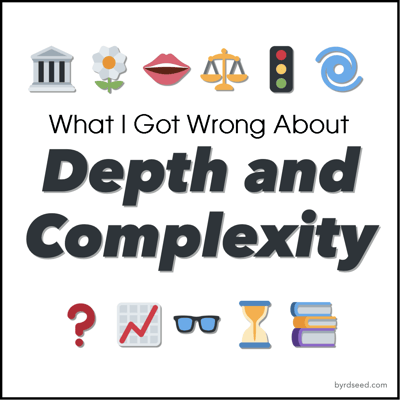The Depth and Complexity icons are meant to increase the depth and complexity of the questions we ask students. However, I used them poorly for years.
My use of Depth and Complexity was, ironically, quite shallow and simple! And, I don’t think I’m the only one.
Psst! Every Thursday, I send out an example of my early errors with Depth and Complexity. You can sign up for that right here. It’s free.
Get the Depth and Complexity Mailer
How I Got Depth and Complexity Wrong
The biggest problem I’d make with Depth and Complexity is pairing the icons with a low level of Bloom’s Taxonomy.
So beware asking a poor question and just plopping a Depth and Complexity icon in.
Depth and Complexity cannot rescue a bad question. It can only improve already strong questions.
Weak Questions + Depth and Complexity
Look at these three questions. Consider about what level of thinking they require. It helps to imagine what students’ answers would look like.
- What are the 🚦 rules you’d follow in this math problem: 12 – 3 × 4?
- What are the 🌼 details of the setting in The Three Little Pigs?
- What 🌀 patterns are there in the solar system?
Do you see it? ☝️
Just A List
Every one of those questions can be answered with a list. They don’t even need to be complete sentences!
- What are the 🚦 rules you’d follow in this math problem: 12 – 3 × 4? multiply first, then subtract.
- What are the 🌼 details of the setting in The Three Little Pigs? a straw house, a stick house, a brick house.
- What 🌀 patterns are there in the solar system? planets go around the sun, moons go around planets
I was asking low-level questions – despite using Depth and Complexity.
And, now that I’m aware of it, I see it everywhere. Do a search for “depth and complexity worksheets” and spot all of the low-level questions out there.
It’s actually nearly impossible to find Depth and Complexity examples where the icons are used at a high-level!
Depth and Complexity + Bloom’s Taxonomy
Now, here’s Depth and Complexity paired with higher levels of thinking:
- Compare/Contrast: How is Poe’s 👄 language different from Lewis Carrol’s?
- Evaluate: Which author most effectively uses 👄 language to create their tone?
- Synthesize: What would happen to the tone if we used some of Carrol’s 👄 language in The Raven?
We’re not just listing vocabulary words here. Each question pushes students higher up Bloom’s Taxonomy.
Depth and Complexity: The Basics
Each prompt of Depth and Complexity is represented by an icon that gives students a visual shortcut to expert thinking. The tools’ icons especially benefit younger students and those learning English. The icons unlock access to higher levels of thinking than those students’ vocabulary would otherwise support.
Nowadays, I use emoji for Depth and Complexity icons. They’re copyright-free and accessible in any app on any device. (Depth and Complexity is actually in the public domain! It was funded with a federal grant. But specific icon images are under copyright. So beware.)
The Eleven Icons of Depth and Complexity
| Icon | Name | Description |
|---|---|---|
| 🏛️ | Big Idea | An overarching idea about a topic. |
| 🌻 | Essential Details | The most important specifics about a topic. |
| 👄 | Language of the Discipline | The vocabulary an expert would use to discuss their field. |
| 🚦 | Rules | The laws, hierarchies, norms, etc. within a topic. Breaking a rule leads to a consequence. |
| 🌀 | Patterns | Expected repetition within a field. These can break without necessarily creating a problem. |
| ⚖️ | Ethics | The problems, ambiguities, or dilemmas of a topic. |
| ⏳ | Change Over Time | How has a topic changed over long periods of time? |
| 👓 | Multiple Perspectives | How do different people view this topic? |
| ❓ | Unanswered Questions | More than “What questions do you have?” Push students to ask what we don’t yet know — or what can’t be known. |
| 📚 | Across Disciplines | How does this topic intersect other fields? Where do language arts and math appear? |
| 📈 | Trends | How a topic is changing now and why. My least favorite prompt. |
Yeah, there are a lot. I think there should be fewer. And there’s no need to use them all especially at first. Get comfortable with three or four before bringing more in. Your students will thank you too!
Get the Depth and Complexity Mailer
Depth and Complexity Resources
Ok! Let’s take a break here and I’ll point you to a few Depth and Complexity resources I’ve helped create:
- Grab my Depth and Complexity PDF
- Check out student videos for each prompt on Byrdseed.TV
- Or enjoy these videos for teachers
If you’d like to continue on, I also have an article about how to introduce Depth and Complexity to students.

